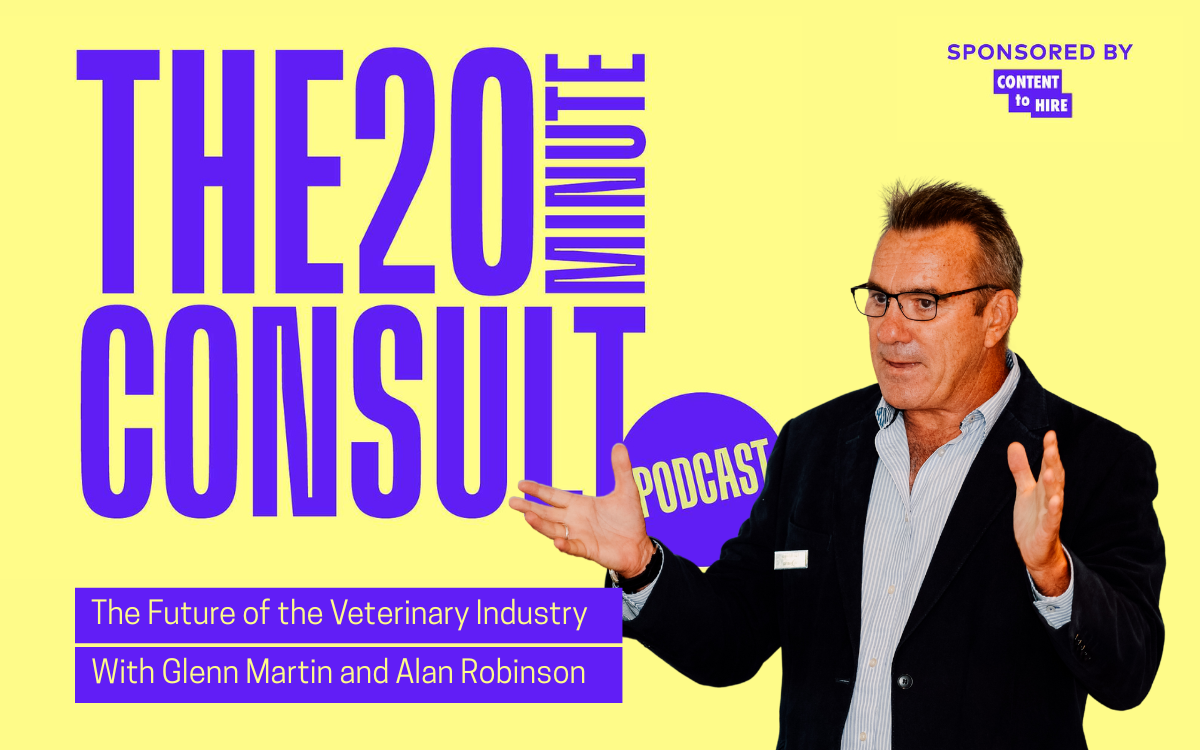Stress and burnout are at epidemic levels across the profession, but vets and nurses are often left to solve their own well-being issues Alan Robinson argues, however, that it’s the practice leaders and managers who should be doing more to help banish the burnout blues…
LEADERS – THIS ONE’S on you, not them. Imagine taking a healthy canary going into a coal mine, singing away as you make your way into the depths.
But, when it comes out no longer singing, full of soot and disease, can you imagine asking: “What’s wrong with this canary? Why doesn’t this canary look after itself? It must be a snowflake canary?” No, because the answer would be obvious: the toxic environment of the coal mine has made the bird sick.
Stress and burnout in the veterinary profession are at epidemic levels. A 2019 study commissioned by the BVA on job satisfaction(1) came up with disturbing findings (Table below).

Worldwide, 615 million people suffer from depression and anxiety, which costs the global workforce an estimated £770 billion in lost productivity each year(2). Passion-driven and caregiving roles such as vets, doctors and nurses are some of the most susceptible to burnout(3), and the consequences can mean life or death; suicide rates among caregivers are dramatically higher than that of the public – 40 per cent higher for men and 130 per cent higher for women.
This is a real problem. And it can feel like an impossible task for leaders to tackle – perhaps because the whole concept seems too ambiguous or overwhelming. When experts still struggle to define burnout, how can we ask our leaders to prevent it?
With “burnout” officially recognised by the World Health Organization(4), responsibility for managing it has shifted from the individual to the organisation. Leaders take note: it’s now on you to build a well-being strategy for your business.
It’s not me; it’s you
Traditionally, categorising burnout as a disease was an attempt to provide definitions for what is wrong with people, instead of what is wrong with organisations.
A survey of 7,500 full-time employees by Gallup(5) found the top five reasons for burnout are:
[1] Unfair treatment at work. In vet practice this can be perceived unfairness around rotas, after-hours, pay, duties, shifts and a million other minor unintentional decisions.
[2] Unmanageable workload. In vet practice, this is the classic “busy trap” of too much work, too many clients, too few staff , not enough time or not enough resources.
[3] Lack of role clarity. In vet practice, clearly defined roles and responsibilities rarely exist, or people work to the ambiguous “everybody is responsible for everything” rule; which translates as “nobody is responsible for anything”.
[4] Lack of communication and support from a manager. In vet practice, this is the absence of frequent, meaningful and two-way feedback, thanks or appreciation, formal or informal, for many individuals.
[5] Unreasonable time pressure. In vet practices, it’s the “busy trap” plus the moral and organisational pressure to sacrifice personal and home time “because that’s just what we do…”
This list clearly demonstrates that the root causes of burnout do not lie with the individual and that they can be averted only if leadership started their prevention strategies much further upstream.
I highly recommend self-help, self-improvement and building resilience, which can provide people with the rocket fuel they need to succeed. But these skills are not the cure for exhaustion, nor are they the vaccine.
Lead from the front
So, what can leaders do? First, as leaders, ask yourself some serious questions. What is making my team (and me) so unhealthy? Why does our work environment lack the conditions for us to flourish? How can I make it safe for them to work here every day? We have to ask our people what would make work better for them.
More generally, we need to understand what causes people to feel intrinsically and extrinsically motivated in our practices, and build a well-being strategy that includes:
- Culture that cultivates
To foster and maintain a healthy workplace, your business must encourage and support collaboration, engagement, growth mindsets and empowerment; allowing your team to actively contribute to the success of your business – the drivers of
their intrinsic motivation.A continuous improvement system, focusing on the processes rather than the people, achieves this through providing a robust platform for the team to:-
– identify areas for growth
– highlight potential improvements in your business
– collaborate to find resolutions
– implement as a team
– measure and review
– celebrate successes
- Shared vision
Frederick Herzberg is known for his dual-factor, motivation-hygiene theory(6). Herzberg found that motivation and hygiene are not on a scale with one increasing as the other diminishes, but are actually independent of each other; this means that leaders need to identify and treat both, and separately.Motivation encompasses purpose, mastery and autonomy(7), including factors such as challenging work; recognition for one’s achievements, responsibility, the opportunity to provide something meaningful, involvement in decision making, progression and advancement, and a sense of inclusion in the company’s overall vision (diagram below).

- Satisfaction
Extrinsic hygiene factors (satisfaction) are the “hidden givens” of a good workplace, which includes remuneration, work conditions, company policy and administration, supervision structure, working relationships, status and security.Often, employees don’t recognise when an organisation has good hygiene. Poor hygiene, however, can cause significant disruption. It’s the tiny, incremental, irritating, and painful stuff at work that can wear us down. Having a coffee break one day and then no more coffee the next.People feel it. In addition, the profession suffers the “micro-traumas” of everyday veterinary life: challenging clients, compassion fatigue, difficult cases and euthanasia.Get these extrinsic hygiene factors right, and your business has firm foundations from which you and your team can grow.
- Flow
The University of California, San Francisco School of Medicine, demonstrated that the brain needs to work as much as 100 times harder when an individual is using skills outside his or her area of natural preference. More oxygen and glucoseis demanded because the brain is adapting its preferred way of working. The likely consequence is stress, fatigue, and reduced performance. Which is why flow is so important; it’s the path of least resistance and ensures we are challenged enough to prevent boredom, but not so much that it causes stress. It allows us to do this while using our natural skill sets and maximising our full potential. Personal profiles can identify people’s natural thinking styles and strengths, enabling practice owners to understand their teams and assign the right tasks to the right person. Team profiles help everyone to understand themselves and each other, resulting in improved interactions, stronger problem solving, greater inter-department empathy and collaboration, and, ultimately, a team at its strongest.
Conclusion
Practices and organisations have a chance, right now, to fix this. The good news is by being aware that these areas need addressing, you’re already halfway to building your well-being strategy.
Completion requires organisational hygiene, better information, asking more timely and relevant questions, smarter (more micro) budgeting, and ensuring wellness offerings are available to your teams.
Keep the yoga, the resilience training, and the mindfulness classes – they are all terrific tools for optimising mental health and managing stress. But, when it comes to employee burnout and well-being, remember – it’s on you leaders, not them.
For a full list of references, click here.
By Alan Robinson
 Special thanks to VBJ – pages 14-15 in their February 2020 edition.
Special thanks to VBJ – pages 14-15 in their February 2020 edition.






